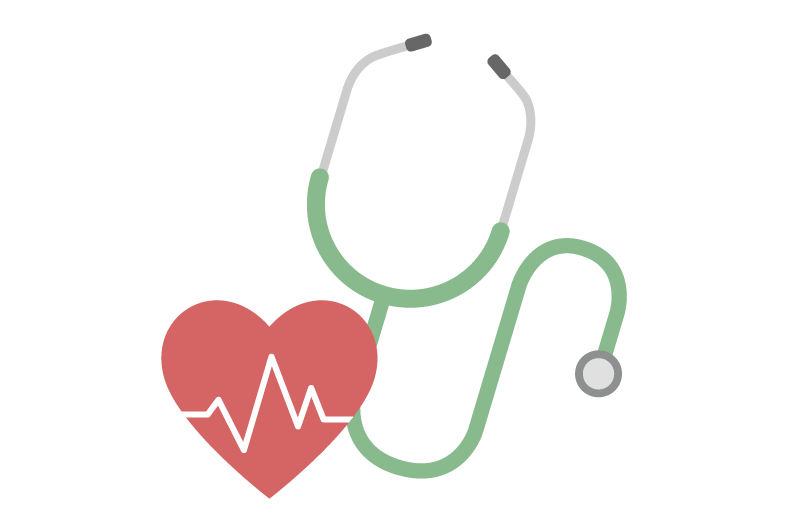A Day in the Life of a Certified Medical Administrative Assistant
A Day in the Life of a Certified Medical Administrative Assistant
Blog Article

In the bustling world of healthcare, the role of a Certified Medical Administrative Assistant is both vital and multifaceted. Every day, these professionals work behind the scenes, ensuring that medical facilities run smoothly and efficiently. From managing patient records to coordinating appointments, their contributions are essential for creating a positive experience for both patients and healthcare providers.
As the demand for organized and skilled support staff grows, obtaining medical administrative assistant certification has become a valuable asset. This credential not only enhances one’s knowledge of medical terminology and office procedures but also increases employability in a competitive job market. In addition to their administrative tasks, some certified professionals may take on the role of medical scribes, documenting patient interactions and ensuring accurate medical records. This blend of skills makes them indispensable in today’s healthcare landscape.
Roles and Responsibilities
A Certified Medical Administrative Assistant plays a crucial role in the healthcare system by ensuring that administrative tasks are handled efficiently and accurately. Their responsibilities include managing patient records, scheduling appointments, and verifying insurance information. They serve as the first point of contact for patients, providing them with information about services and answering inquiries. This role requires strong organizational skills and attention to detail to maintain the integrity of medical records.
In addition to basic administrative duties, these professionals often assist with billing and coding processes. They ensure that claims are submitted correctly and follow up on unpaid invoices to facilitate smooth financial transactions. A thorough understanding of medical terminology is essential, as they may need to communicate with healthcare providers about patient care and documentation. This knowledge helps in bridging the gap between clinical and administrative functions.
Another important aspect of their job is collaborating with medical scribes. Medical administrative assistants may work closely with scribes who document patient encounters for healthcare providers. This collaboration enhances the accuracy of patient records and allows physicians to focus more on patient care. Together, they create a well-organized workflow that is essential for the efficient operation of medical facilities.
Daily Routine
A certified medical administrative assistant begins their day by arriving at the medical facility early to prepare for daily tasks. Upon entering, they log into the scheduling system to review the appointments for the day, ensuring that all necessary documentation and patient files are ready for consultations. During this time, they also check for any urgent messages from physicians or patients that may require immediate attention.
Throughout the day, a significant part of their role involves interacting with patients. They greet patients upon arrival, verify their personal information, and direct them to the appropriate examination rooms. Additionally, they manage phone calls, responding to inquiries and scheduling follow-up appointments. Keeping patient information confidential while maintaining accurate records is crucial, and certified medical administrative assistants take great care in organizing and updating these records throughout the day.
In addition to administrative duties, these professionals may assist physicians as a medical scribe during patient visits. This involves accurately recording the physicians' notes and patient interactions in real time, ensuring that all important details are documented for future reference. This dual role not only enhances the workflow of the healthcare team but also provides valuable experience and insight into patient care, making the day varied and dynamic.
Skills and Qualifications
Medical Scribe Course
To become a certified medical administrative assistant, one must possess a blend of technical and interpersonal skills. Proficiency in medical terminology is crucial, as it enables effective communication between healthcare professionals and ensures accuracy in documentation. Additionally, familiarity with electronic health record (EHR) systems is essential, allowing for efficient management of patient information and streamlined office operations.
Strong organizational skills are vital in this role, as medical administrative assistants juggle multiple tasks such as scheduling appointments, managing patient records, and coordinating with insurance providers. Attention to detail is equally important, as it minimizes errors in patient data and billing processes. Moreover, a friendly and professional demeanor enhances patient interactions, contributing to a positive healthcare environment.
Certification as a medical administrative assistant often requires completion of relevant coursework and passing an examination. Many aspiring professionals also benefit from internships or practical experiences that provide hands-on training. The ability to adapt to new technologies and evolving medical practices is advantageous, especially as healthcare continues to advance and incorporates roles such as medical scribes into the workflow, further highlighting the importance of ongoing education in this field.
Report this page